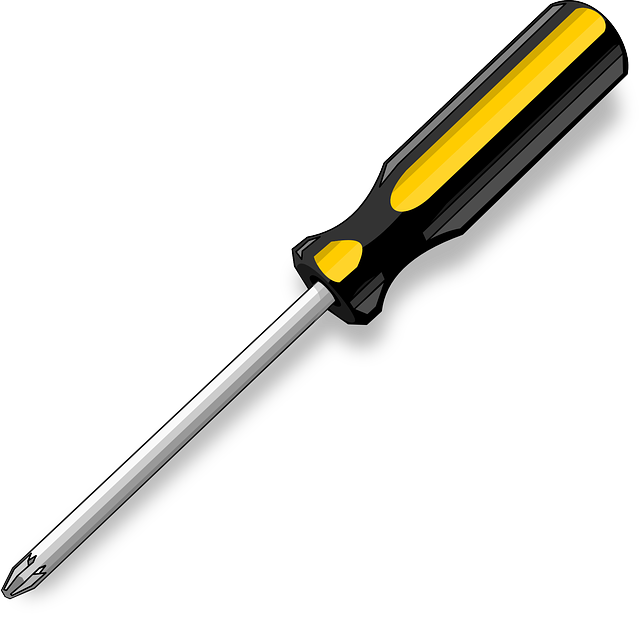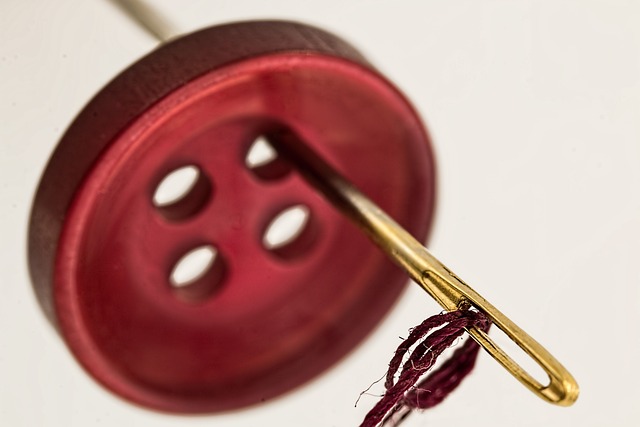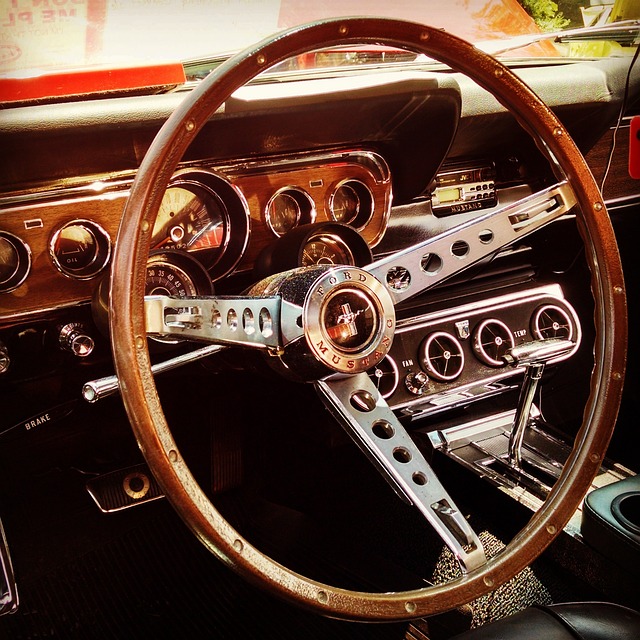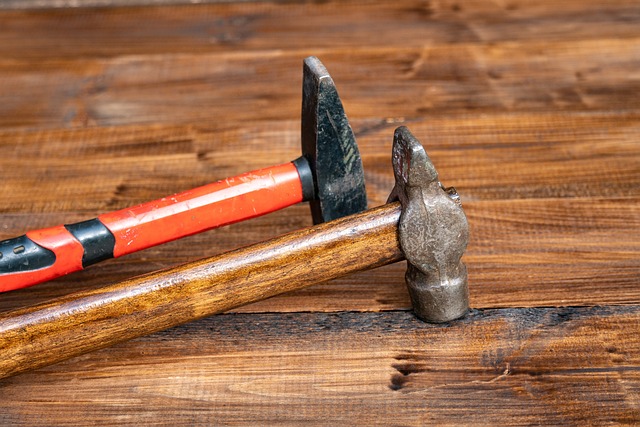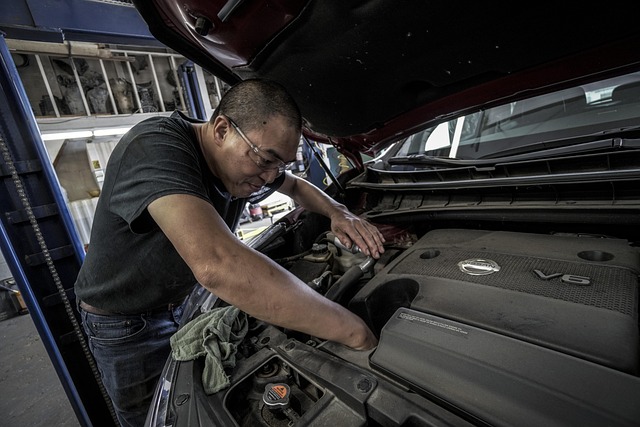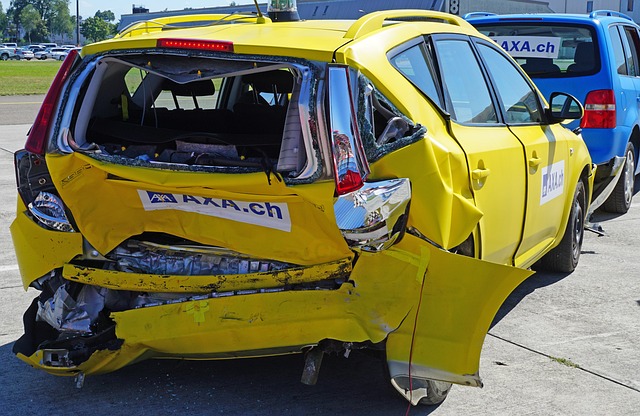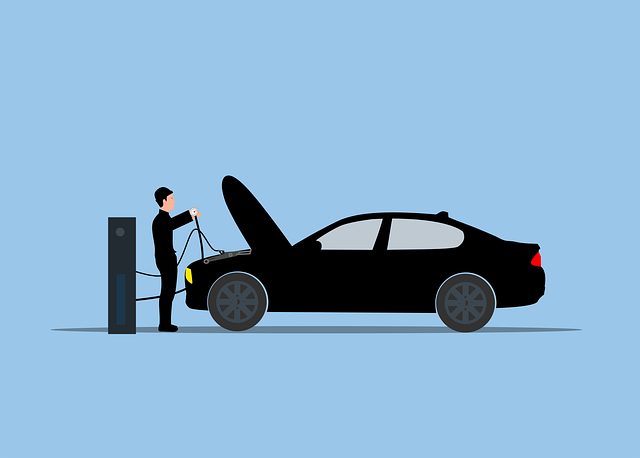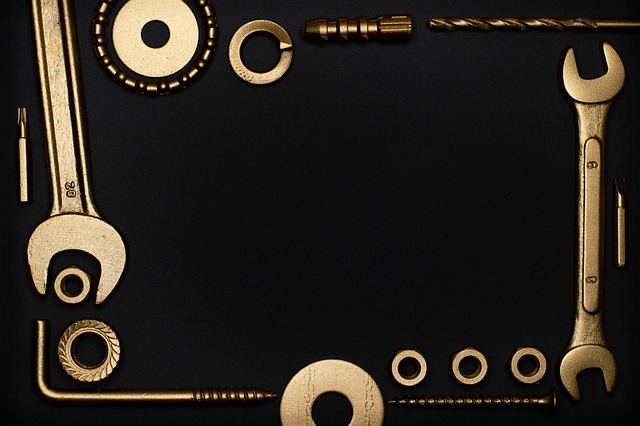Collision repair technicians are vital in emergency situations, providing swift and competent services from roadside assistance to complex bodywork repairs. They diagnose and fix various damage types, using advanced tools like CAD software and specialized equipment to restore vehicles to pre-accident condition. These professionals handle urgent issues like flat tires or damaged headlights on-site, minimizing further harm and ensuring safety. For more severe cases, they collaborate with auto body shops for specialized collision repair services, aiming to get vehicles back on the road safely.
When accidents happen, quick and efficient emergency repairs are crucial. Collision repair technicians play a vital role in these situations, providing immediate solutions until more comprehensive services can be arranged. This article delves into the world of emergency repairs, exploring the scope of work for collision repair technicians and the skills, tools, and strategies they employ to handle unexpected vehicle damage. From identifying dents and dings to implementing temporary fixes, learn how these professionals navigate challenging situations.
- Understanding Emergency Repairs and Their Scope
- Skills and Tools Essential for Collision Repair Technicians
- Common Emergency Situations and Quick Fixes
Understanding Emergency Repairs and Their Scope
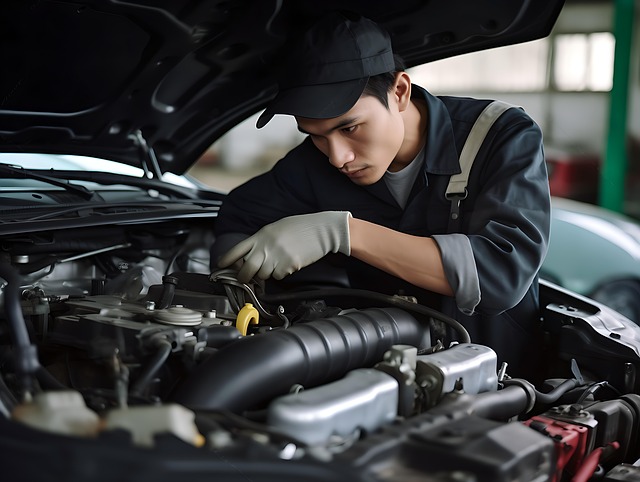
In the event of a collision or unexpected damage to a vehicle, prompt and efficient emergency repairs are crucial. Collision repair technicians are specially trained professionals equipped to handle such situations. These repairs encompass a wide range of services, from immediate roadside assistance to comprehensive auto frame repair and vehicle dent repair. Their expertise lies in diagnosing and addressing various types of car bodywork issues, ensuring the safety and structural integrity of the vehicle.
Emergency repairs may include temporary fixes to stabilize the vehicle during transport or more intricate procedures like correcting misaligned frames, replacing damaged panels, and restoring the car’s original aesthetic and functionality. Collision repair technicians utilize advanced tools and techniques, including computer-aided design software, to accurately assess and rectify problems, often requiring a combination of precision work and specialized equipment. Their goal is to get the vehicle back on the road as safely and efficiently as possible.
Skills and Tools Essential for Collision Repair Technicians
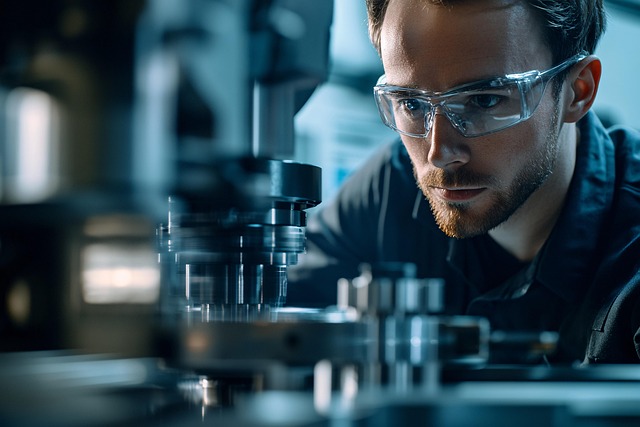
Collision repair technicians are skilled professionals who possess a unique blend of technical expertise and creativity to restore damaged vehicles to their pre-accident condition. Their work involves intricate processes that demand precision and knowledge. Essential skills include an expert eye for detail, enabling them to identify and address even the smallest dents or scratches, which is crucial in auto dent repair. These technicians are adept at reading and interpreting detailed damage reports, translating complex information into actionable steps.
The tools of their trade are varied and specialized, ranging from high-tech equipment like computer-aided design (CAD) software for precise measurements to hand tools for manual adjustments. In the realm of auto body painting, they use advanced spray guns that deliver a consistent, even finish, ensuring an outstanding aesthetic restoration. Beyond auto dent repair and auto body painting, collision repair technicians offer a full suite of auto body services, including panel replacement, frame straightening, and structural repairs, demonstrating their versatility and mastery in the field.
Common Emergency Situations and Quick Fixes
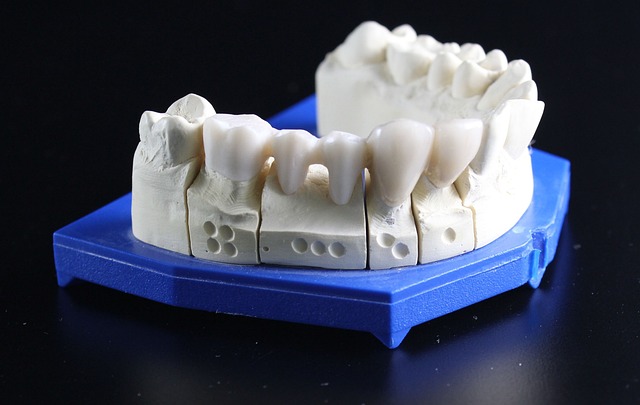
Collision repair technicians are often called upon to handle a variety of emergency situations, where quick thinking and skilled hands are crucial. Common scenarios include minor accidents, fender benders, or sudden mechanical failures that render a vehicle immobile. In such cases, these technicians must be adept at conducting on-the-spot assessments and implementing temporary fixes to prevent further damage or ensure the safety of the driver and passengers.
Quick fixes can range from inflating a flat tire, replacing a damaged headlight, or tightening loose components to more complex tasks like securing a loose battery or temporarily sealing a leak in the cooling system. The goal is always to get the vehicle back on the road as safely and efficiently as possible while referring more complex repairs to the auto body shop for specialized collision repair services.
Emergency repairs are a critical aspect of the collision repair industry, where technicians must be adept at swiftly addressing unexpected damage. Collision repair technicians play a vital role in ensuring vehicle safety and efficiency during these situations. With their specialized skills and tools, they can effectively navigate common emergency scenarios, providing quick fixes and long-lasting solutions. By understanding the scope of emergency repairs and continuously honing their craft, these professionals contribute to maintaining road safety and minimizing disruption caused by vehicular incidents.

